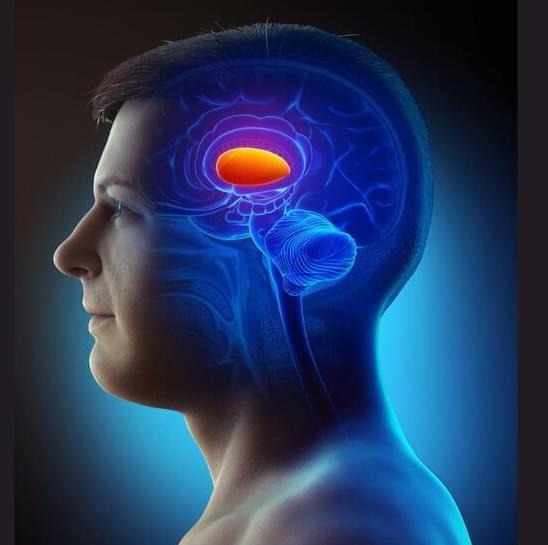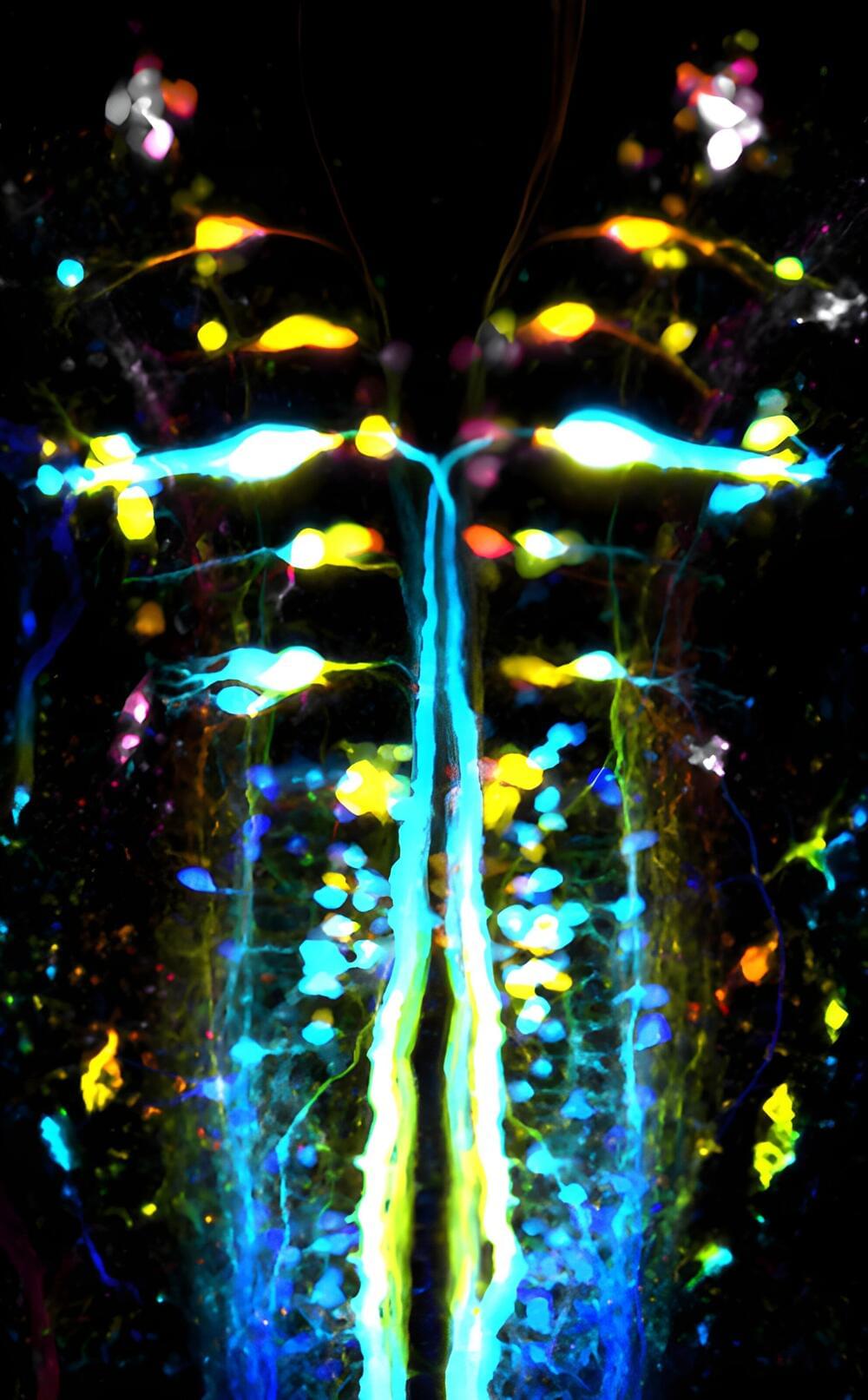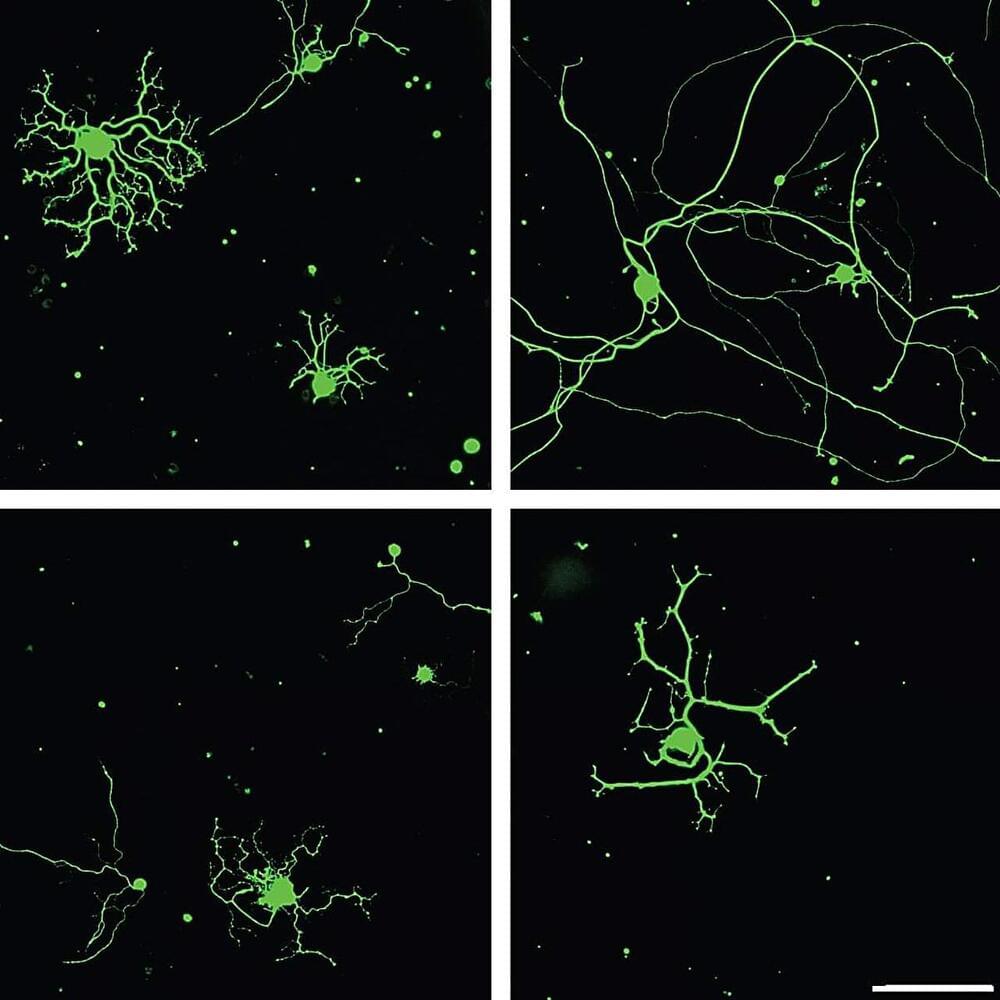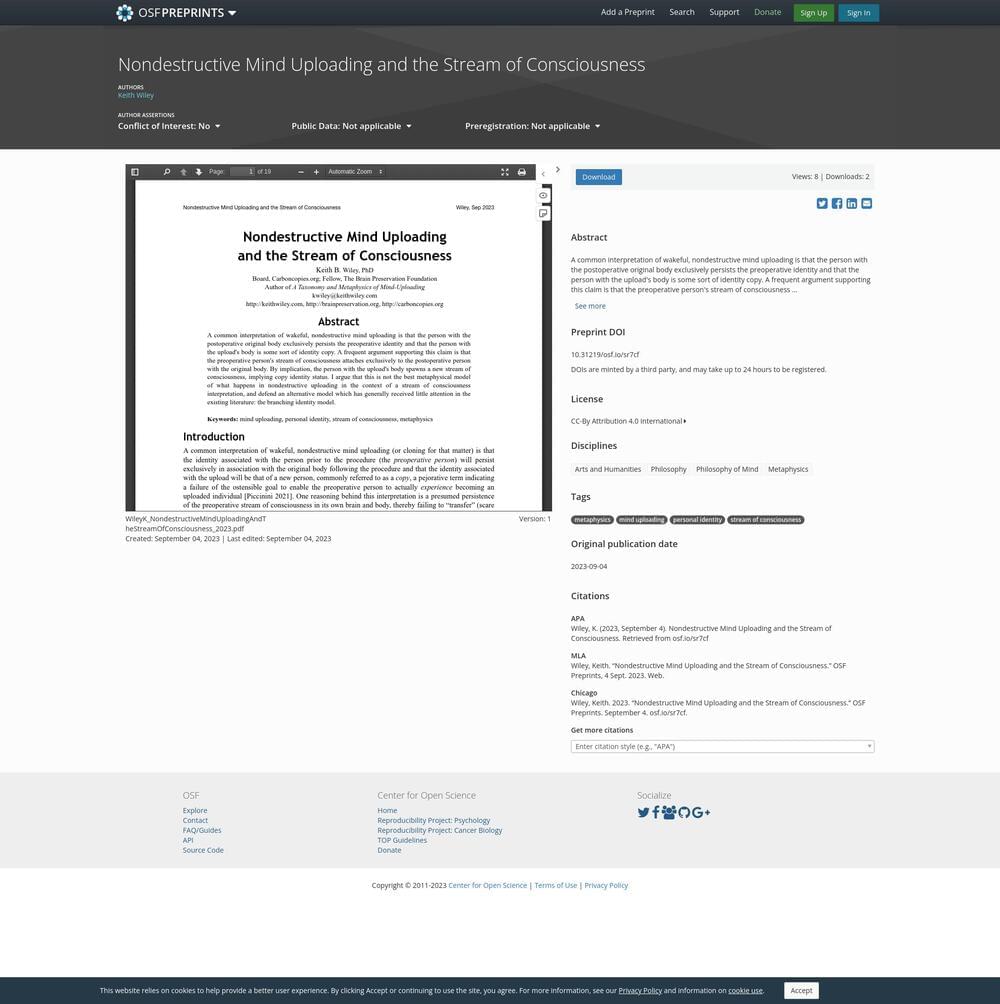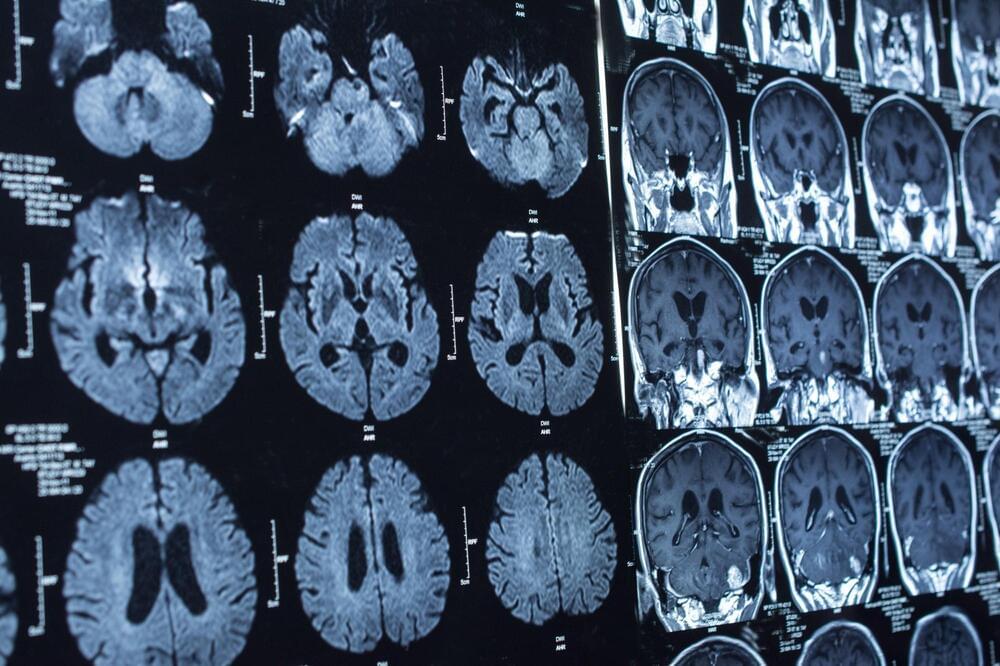Abnormal levels of stress hormones such as adrenaline and cortisol are linked to a variety of mental health disorders, including depression and posttraumatic stress disorder (PTSD).
MIT researchers have now devised a way to remotely control the release of these hormones from the adrenal gland, using magnetic nanoparticles. This approach could help scientists to learn more about how hormone release influences mental health, and could eventually offer a new way to treat hormone-linked disorders, the researchers say.


